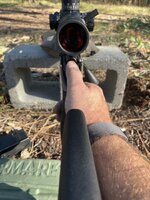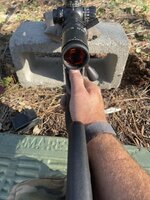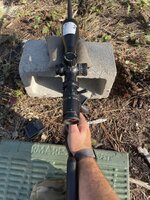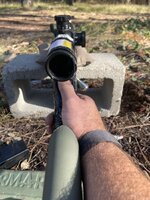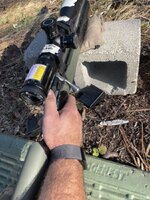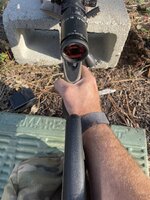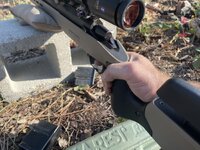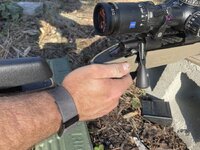- Thread Starter
- #21
OP
mt terry d
WKR
- Joined
- Jul 18, 2023
- Messages
- 445
That's exactly it!!!Like drinking from a firehose is t it?!?!?
Fundamentals.
You have the delivery system.
You’ve been taught the process…it’s a process!
I’m 100% confident in you! Let’s shoot and work through this.
And in this instance a matter of knowing but not understanding.


